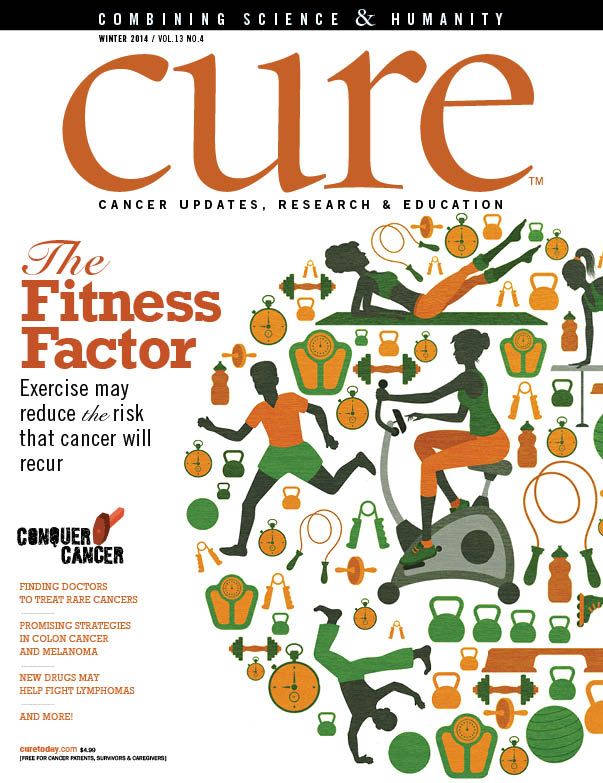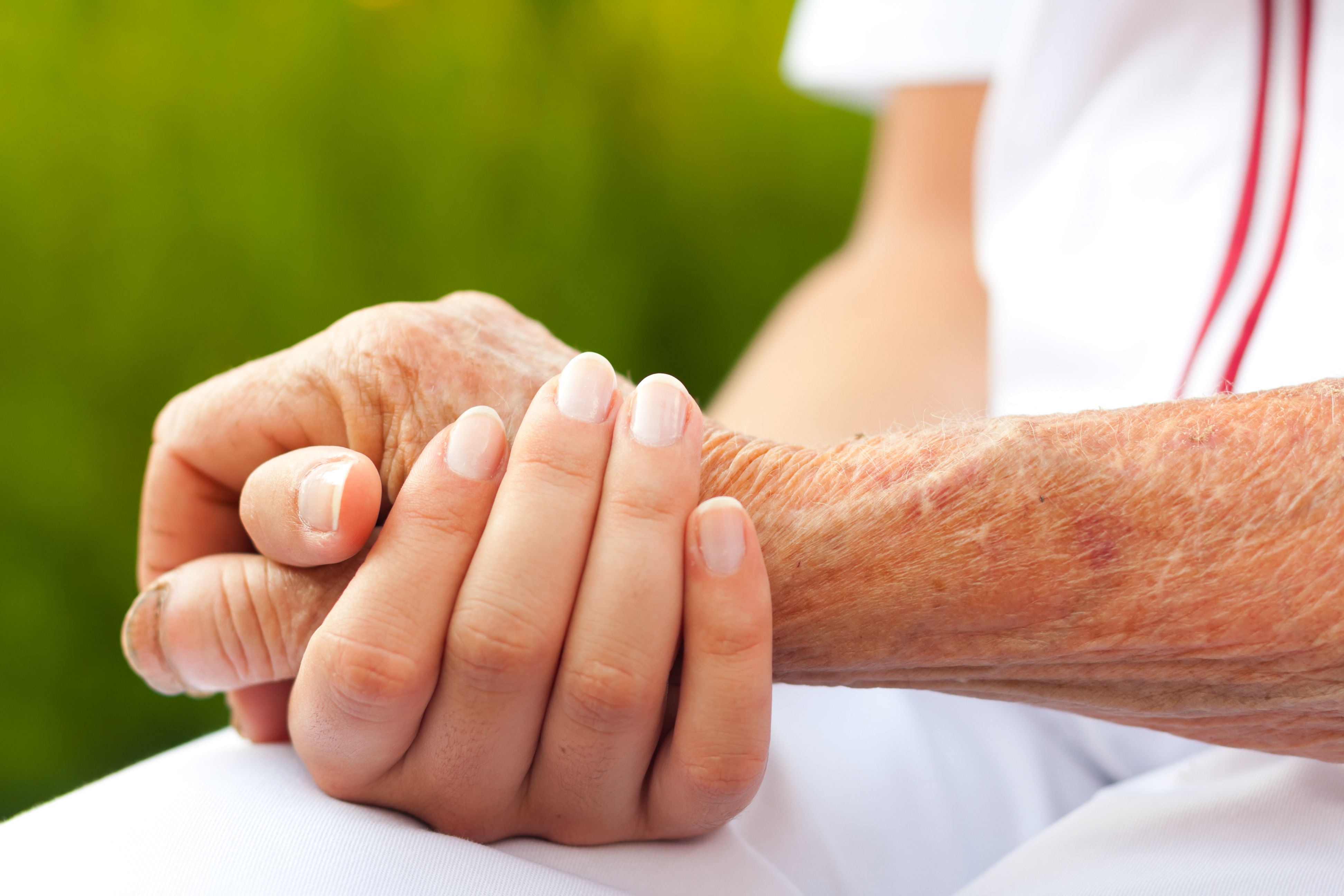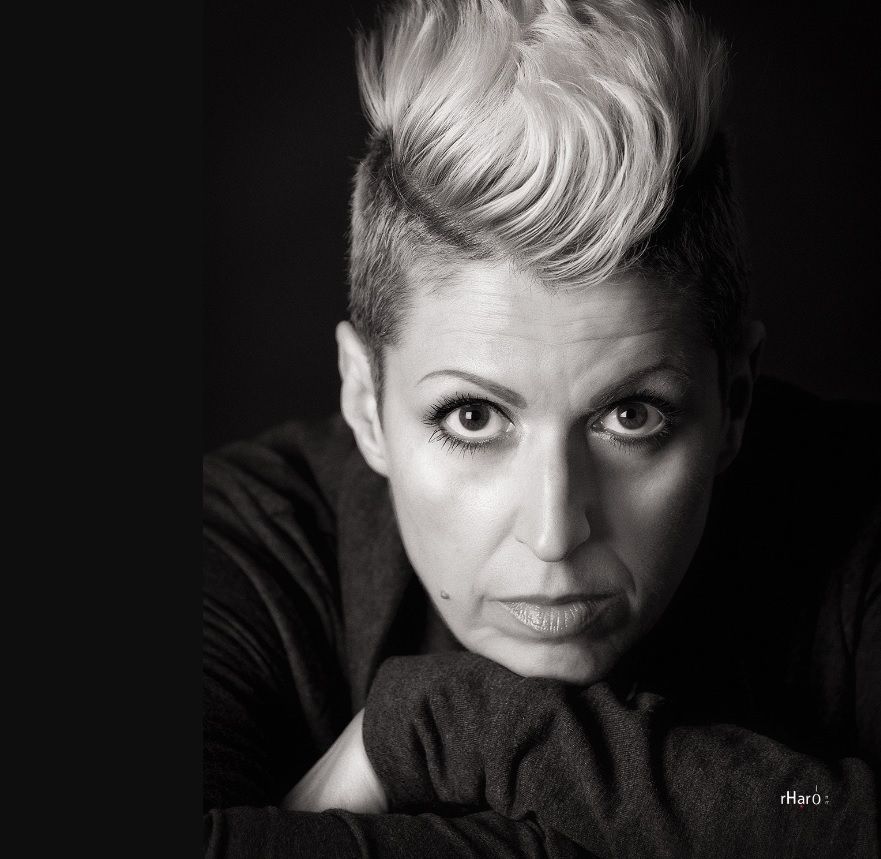Publication
Article
Rare Finds: A Rare Cancer Diagnosis
Author(s):
Finding specialized care is worth the effort for patients with uncommon cancers.
For 18 months before her rare form of cancer was diagnosed, Connie Alexakis and her doctors wrote off a series of frustrating symptoms to other maladies.
First, she experienced intense all-over itching, so constant that she called in an exterminator to search her home for bugs. When none were found, she figured it had something to do with the Chicago environment, as the itching vanished when she moved with her husband to South Carolina in July 2012. By the time the itching erupted again, in August 2013, her doctors blamed hormones, considering she had given birth to her daughter six weeks earlier.

Connie Alexakis (right) has undergone aggressive treatment for late-stage bile duct cancer. Along with her husband, Jerell Chua (left), and daughter, Olympia Chua (center), Alexakis is hopeful that the treatments will succeed in keeping the cancer at bay. Photo by Rachel Fesko.
A period of relief followed until December 2013, when she again began to itch, along with exhibiting another worrisome sign—her skin and eyes were turning yellow. Even then, Alexakis and her husband, a family physician, thought it might be a drug reaction, as she was taking an influenza medication. It wasn’t until New Year’s Eve last year that numerous tests revealed she had cancer of the bile duct, or cholangiocarcinoma, a disease that develops in at least 2,000 Americans every year. The rare malignancy, which had spread to the nearby liver, was stage 4.
At 32 years old, feeling sleep-deprived from caring for an infant, Alexakis acknowledges that she was a bit in denial about the stakes involved, until she asked her oncologist how long she might live if she put off treatment. About three months, he responded.
Since then, Alexakis and her husband have pursued a battery of chemotherapy and radiation treatments and second opinions, encountering the challenges of access and time common to any rare malignancy.
Individuals with rare cancers particularly benefit from team-based care, in which the oncologist, surgeon and other specialists closely coordinate. — Diane Reidy
One out of every four cancers in adults is considered rare, according to an analysis of United States cancer data published in 2010 in the journal Public Health Reports. As Alexakis learned, a rare cancer might result in a delayed diagnosis, which in turn results in acute time pressure to identify and track down medical care from a more limited pool of specialized physicians.
Patients in urban areas can have an easier time, because they are more likely to live near a National Cancer Institute designated center, says Diane Reidy, a medical oncologist at New York’s Memorial Sloan Kettering Cancer Center who cares for patients with neuroendocrine, adrenal gland and other rare malignancies.
“I always tell my patients that we’re not any smarter, but we just see these rare tumors so frequently that it becomes common practice to us,” she says. In the case of uncommon cancers, Reidy says, “We don’t have these very large randomized (research) trials to tell us exactly what to do. So that’s when the expertise of the physician can really help.”
Time Pressures
A disease is classified as rare if it impacts fewer than 200,000 Americans at any given time, according to the definition in the Orphan Drug Act of 1983. (The Public Health Reports analysis applied a somewhat different threshold, cited at a National Cancer Institute workshop, defining a rare cancer as one diagnosed in fewer than 40,000 people annually.) The 1983 federal law has jumpstarted research into treatments for so-called orphan diseases, including malignancies, by providing incentives to drug companies. Just 10 new treatments for such diseases were developed during the decade prior to the law’s passage, versus more than 460 approved for clinical use in the years since, according to the National Organization for Rare Disorders (NORD).
Individuals with rare cancers particularly benefit from team-based care, in which the oncologist, surgeon and other specialists closely coordinate, Reidy says. “It’s so critical that we’re there from the start to quarterback the plan,” she says. “If somebody had a sloppy surgery, it’s impossible for us to fix that.”
Too often, though, patients stick with the local doctor who made the diagnosis, which might preclude their access to research trials or other medical options, says Marion Schwartz, chief advocacy officer at the Cholangiocarcinoma (bile duct cancer) Foundation. With bile duct cancer, for example, there’s an ongoing effort to educate patients and doctors that a small minority might be eligible for a liver transplant, Schwartz says. But patients are disqualified if they’ve already had a liver biopsy, she says.
[Getting Booked - Stat: Getting that appointment with a top-notch doc]
Locating Experts
To track down an experienced physician, patients should start by asking the local doctor who made the diagnosis, Reidy suggests. If that physician doesn’t have an immediate suggestion, they can search the Internet for related publications and research trials to identify relevant experts, she says.
When meeting with specialists, don’t hesitate to quiz them a bit, Reidy says. How many patients with a similar diagnosis have they treated in the last year? What research trials are available for their patients? Keep in mind, she says, that a senior doctor at a large cancer center might not necessarily be the best choice. A less experienced physician might be just as smart, provide the same level of care and have more time to devote to explain the malignancy and care options, she says.
If the local doctor isn’t much help in terms of referrals, ask for suggestions through online support groups or find related disease-specific organizations, says Mary Dunkle, vice president for communications at the National Organization for Rare Disorders. The disease-specific group also might list its medical advisors on its website, indicating some of the experts for that malignancy, she says.
Can’t travel due to financial reasons or responsibilities closer to home? Major cancer centers typically will review pathology reports long-distance, to verify the cancer diagnosis and staging, Reidy says. Many also will review medical records and provide treatment recommendations long-distance, she says. “It’s not perfect because they can’t see you,” she adds. “There’s definitely something to be said about personalizing the therapy by meeting the patient.”
Alexakis and her husband, Jerell Chua, adopted a hybrid strategy, with a mix of local treatment and second opinions. Her cancer had advanced to a stage that made surgery impossible. So Alexakis completed three months of gemcitabine/cisplatin, a typical chemotherapy regimen, with cancer specialists in nearby Charlotte, N.C. But when scans proved disappointing, the couple searched further, sending her records to Emory University in Atlanta and traveling to Memorial Sloan Kettering.
In the months since, Alexakis has combined an oral form of chemotherapy, Xeloda (capecitabine), with a two-pronged radiation approach. She underwent a series of radiation sessions in the spring, designed to target the bile duct tumor itself, and was hospitalized three times for chemoembolization, which delivers intense doses of chemotherapy through a catheter in an artery that feeds the liver.
Alexakis considered traveling for treatment, but ultimately decided to stay with her Charlotte medical team. “We have a little one,” she says. “If this does turn lethal very quickly, I don’t want to think that I spent my entire time traveling back and forth on planes, instead of being home with my husband and my daughter.”
Coping with Isolation
As they contend with their diagnosis and treatment options, patients with a rare malignancy can sometimes feel isolated, says Beth McNaughton, vice president of community for Inspire, a social network for patients and caregivers, especially if they have to “educate friends and family about their particular rare cancer.”
Rare cancers are “lonely diseases,” agrees Schwartz, of the Cholangiocarcinoma Foundation, who had never heard of the disease before her husband received the diagnosis in 2006, dying nearly a year later. Alexakis describes reactions from friends and family as falling into one of two camps: Some default to peppy optimism; others research online and assume a funereal attitude after encountering write-ups that are “completely pessimistic,” she says.
By early September, Alexakis was permitting herself some cautious optimism, with the latest set of summer scans indicating that the radiation-chemotherapy combo had gained traction against the tumors. “There is some hope now that maybe I could become a surgical candidate,” she says.
Her last of four chemoembolization sessions was scheduled for mid-September, followed soon after by another scan. Then she and her husband would decide the next step, working with their local oncologist, she says. They plan to cast their net wide, and have been building a list of potential experts to consult.
Always, Alexakis keeps a CD with her, loaded with her latest scan. “In my opinion, I don’t know when I might meet this world-class surgeon. I might be at the airport. I might be at McDonald’s. I want to be ready,” she says.
“The best thing is to turn me from inoperable to operable. For me, I know that’s my only chance at a cure.”
Talking Points:
> Someone with a rare cancer should search for a doctor who is an expert in treating that disease, and who may be able to recommend clinical trials.
> When patients don’t want to travel, large cancer centers will often review pathology reports long-distance to confirm a diagnosis or staging, or to offer treatment recommendations.






